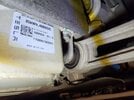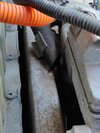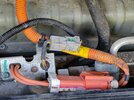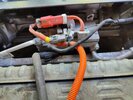I'll have a data point to share later this week. I have a 12/2014 car (VIN 62xxx) that got a new 1014116-00-B pack last year. I will find out from Tesla SC this week whether I still have the bad old drain line design. My guess is probably yes, since an independent inspection of the new pack found some evidence of corrosion around the front bolts of the pack. Also, when Tesla replaced the pack (not under my ownership), they re-used old rear corner attachment plates that don't fit the new pack, which the inspection also revealed. Neither impressed nor surprised by these decisions.






